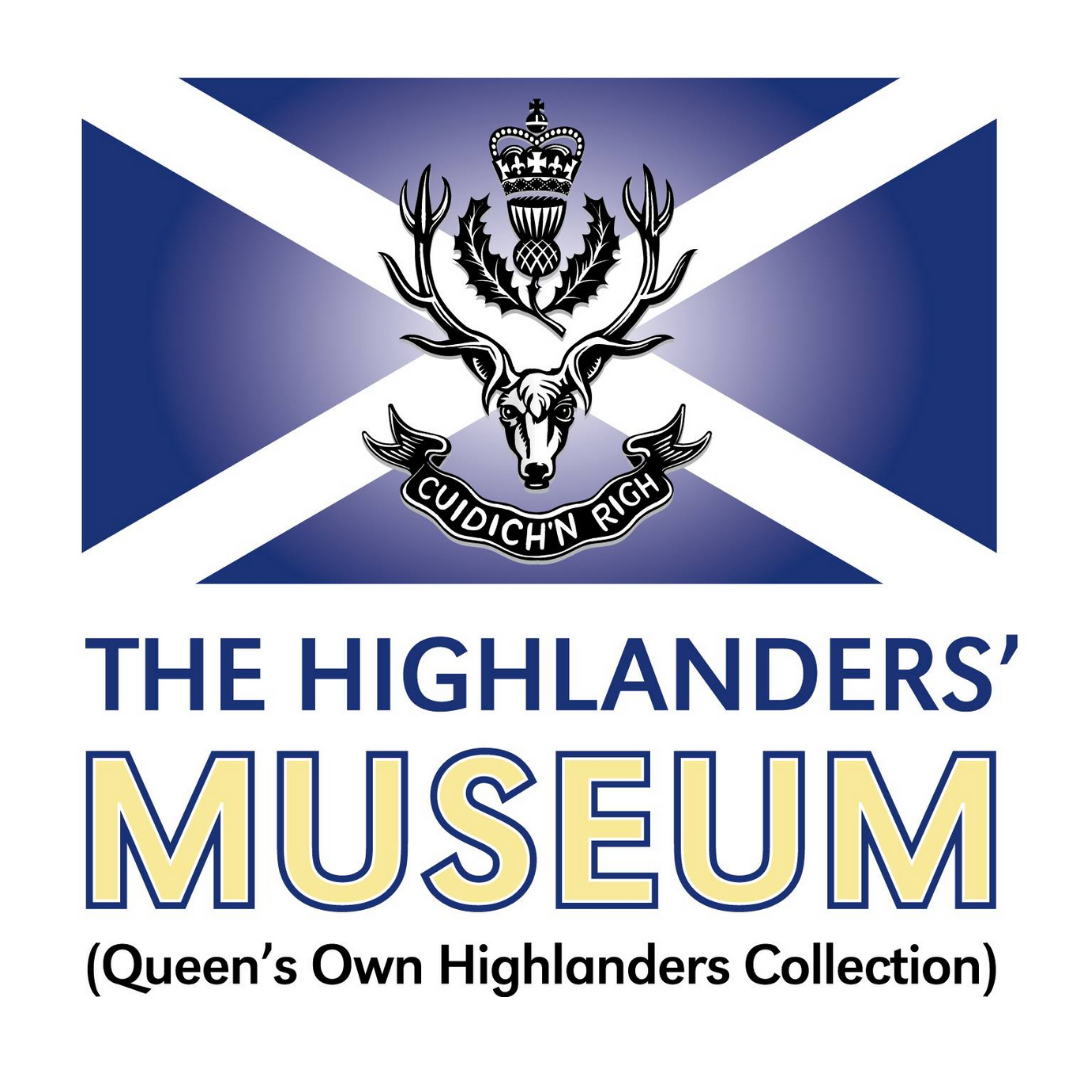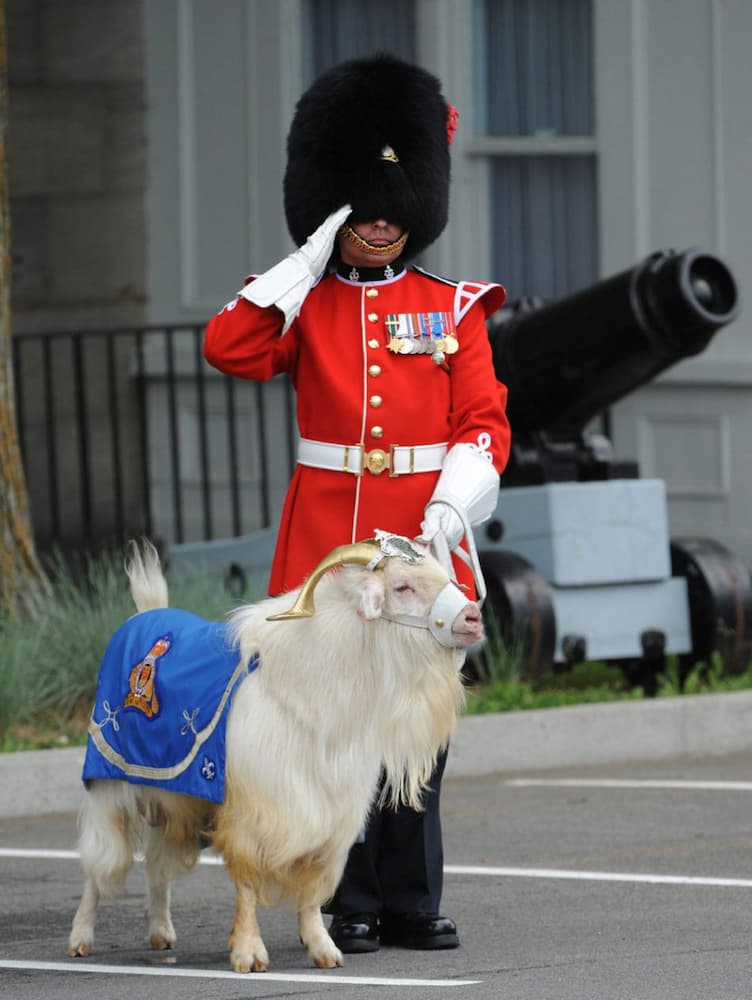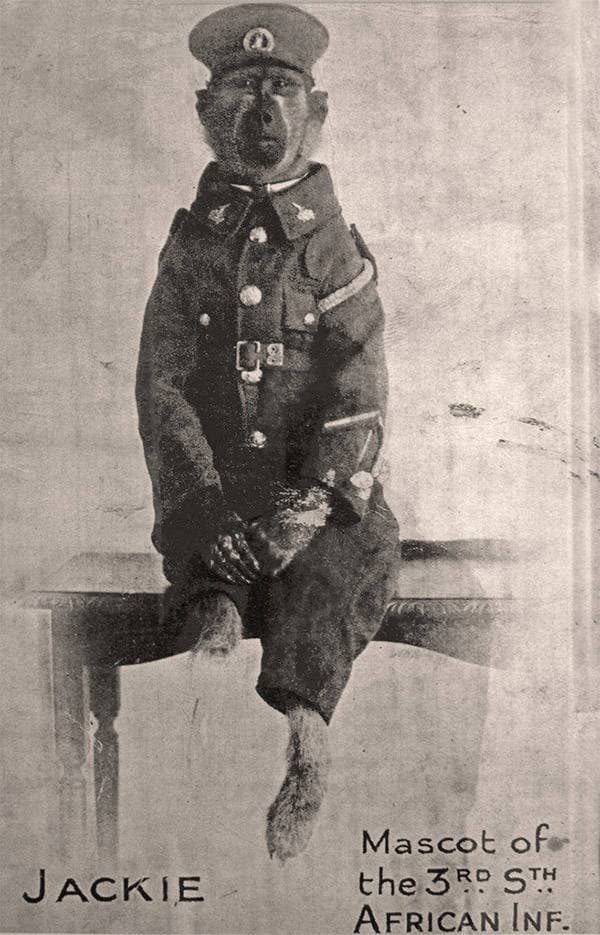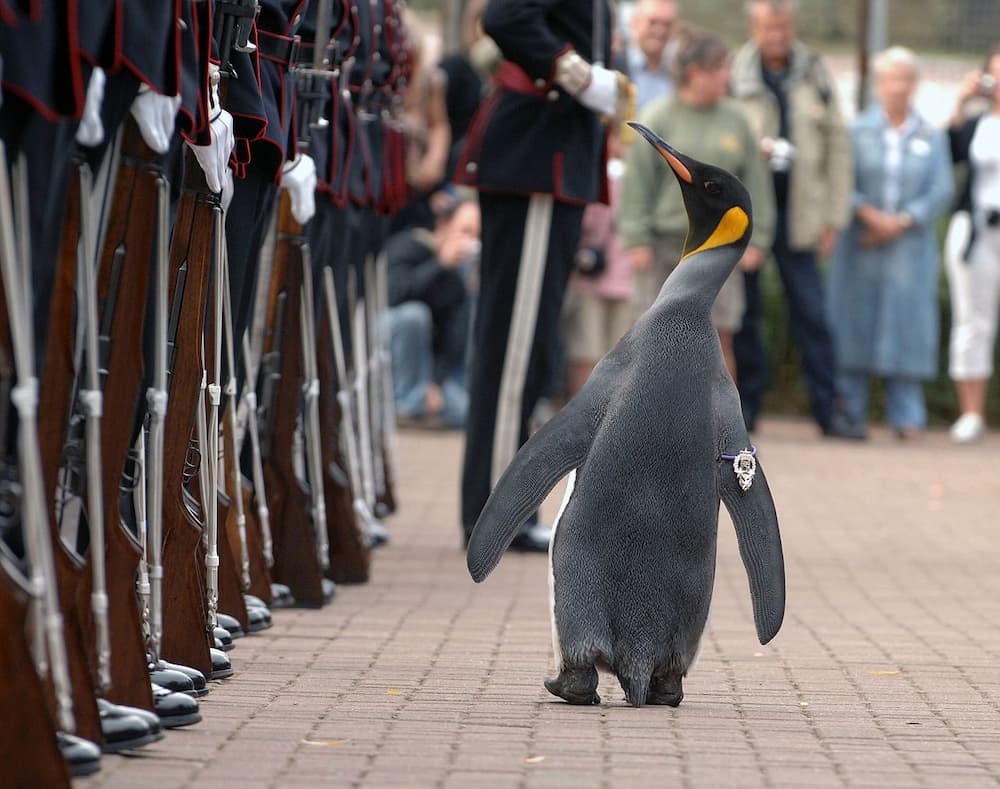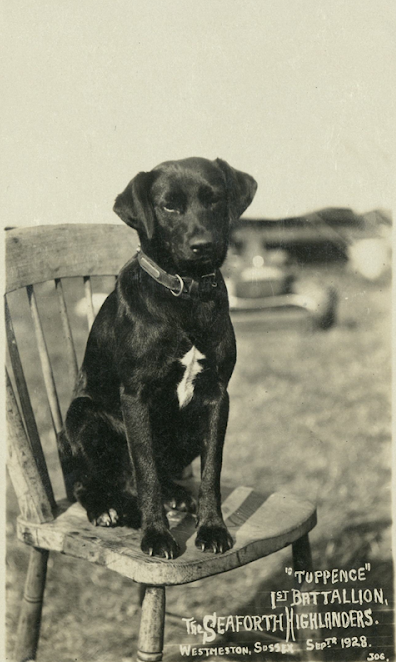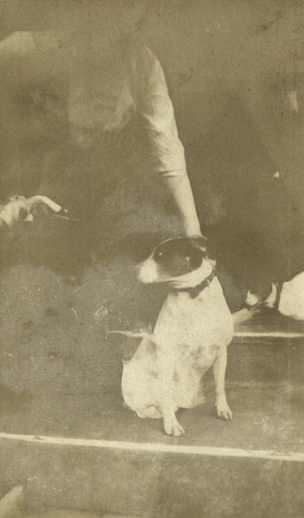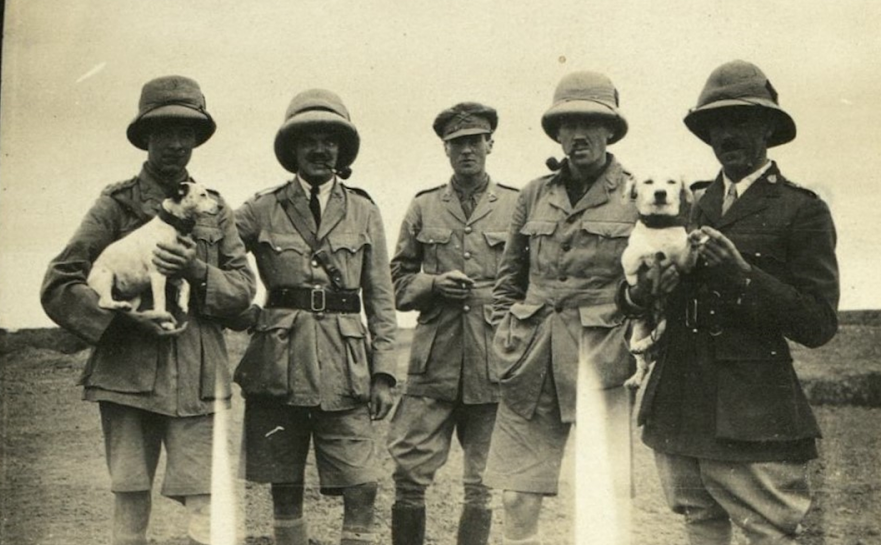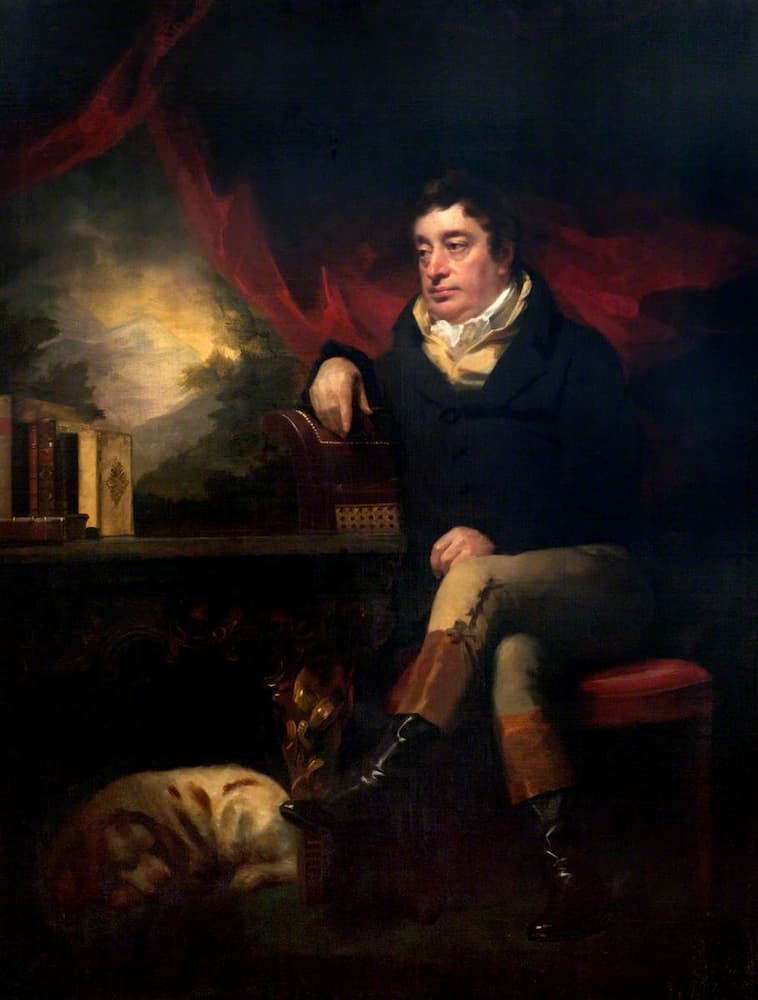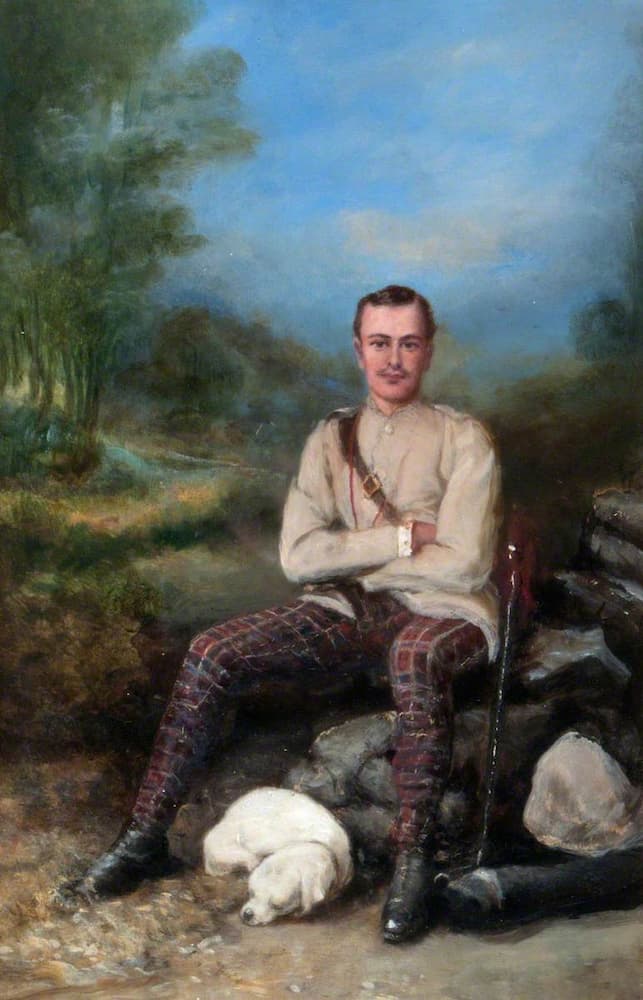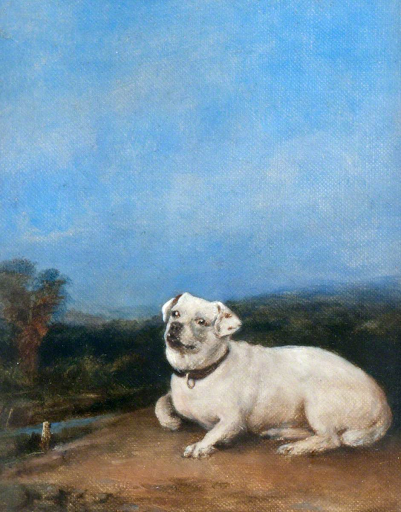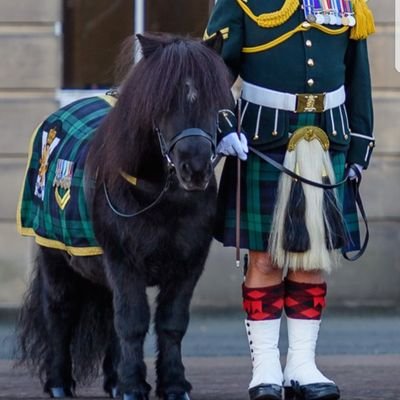Military Mascots: From the Highlands and Beyond
Throughout history, military units have kept pets as ceremonial mascots that often travelled with battalions on missions across the globe. ‘The Dogs That Went to War’ is perhaps a slight exaggeration. Unlike military animals, mascots were not usually involved in combat; rather, they acted as companions that were often fondly remembered in soldiers’ diaries. On occasion, they were even promoted to prestigious ranks, or knighted.
Mascots around the World
All over the world, different military units have had an astonishing array of lovable mascots. From 1955 to 2011, The Royal 22e Régiment of the Canadian Army had a continued line of bezoar ibexes as their official mascot – all named Batisse. The original ibex was gifted to the regiment by Queen Elizabeth II, which was said to have descended from a pair of ibexes given by Queen Victoria to the Shah of Persia in 1873!From 1913 to 1921, the 3rd (Transvaal & Rhodesian) South African Regiment had a chacma baboon called Jackie as their mascot. Unusually, Jackie was involved in trench warfare on the Western Front and was injured during the Battle of the Lys (7th to 29th April 1918). Suffering the loss of her right leg and a broken left foot, Jackie made a tentative recovery – upon returning to Pretoria, she received the Citizen’s Service Medal and was promoted Corporal.
The current mascot and Colonel-in-Chief of the Norwegian King’s Guard is a king penguin called Nils Olav – the unit has had three consecutive king penguins as mascots since 1972. In 1961, The Norwegian King’s Guard visited the Edinburgh Military Tattoo for a drill display. Upon a visit to Edinburgh Zoo, a lieutenant called Nils Egelien became fascinated by the penguin colony. On a return visit in 1972, he organised for the regiment to adopt one of the king penguins, and the tradition of a penguin as the Unit’s military mascot has continued ever since. The current Nils Olaf was knighted in 2008.
Mascots of the Highlanders
The photographic archive at The Highlanders’ Museum is a treasure trove that offers a real-life glimpse into the lives of Highland soldiers, and their mascots. Throughout the years, military mascots of the Highland regiments have been a little more traditional than their global counterparts, favouring regimental dogs. The first (and possibly most adorable) photo features Tuppence, who was the official mascot for the 1st Battalion Seaforth Highlanders. The photograph was taken in Westmeston, Sussex, in 1928. The archive is also home to a collection of documents and photographs which belonged to Lieutenant William Gordon Crask, of the 5th Battalion Seaforth Highlanders. One photograph shows a white border terrier with a black patch on his face that was found tucked inside a soldier’s diary.Another image shows five soldiers (likely officers), two of whom are holding white border terriers. On the reverse of the photograph, a notation reads: ‘Just before departure of Turnbull & myself for Egypt. Self Dunkley Ellman Turnbull Thomas’.
Another photograph belonging to Lieutenant Crask shows four soldiers with one of the two dogs. All four individuals are probably officers and are photographed outside a tent. A notation on the reverse of the photograph reads ‘Gordon seated right’. The final photograph is an image of Crask holding the dog with the black patch on his face, taken in during WWI.
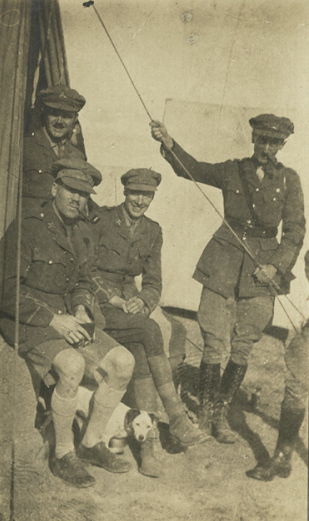
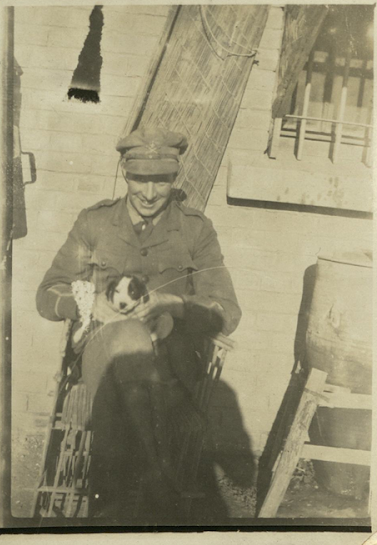
Loyal and lovable, Highland regimental mascots also appear in our collection’s paintings. When included in portraits, often sitting obediently at their master’s feet, dogs act as symbols of protection, loyalty, and fidelity. Historically, dogs were sometimes included in posthumous paintings to accompany the sitter into the afterlife.
The Highlanders’ Museum collection has at least three paintings that feature regimental dogs: an oil painting of Francis, Lord Seaforth (1754–1815) by Henry Raeburn, a portrait of Major General Granville Egerton (1859–1951), as a 2nd Lieutenant, 72nd Highlanders at Lucknow, painted by an unknown artist, and last but not least, a painting entitled ‘Pat’, Regimental Dog of the 72nd by an artist known only as E. B.
Today, the mascot for the Royal Regiment of Scotland is Cruachan, a Shetland pony (who even has his own Twitter account!). The first Shetland pony was presented to the Argyll and Sutherland Highlanders in 1929, and was named after the Argyll mountain Ben Cruachan. The current mascot, Corporal Cruachan IV, was presented in 2012 and has since paraded at Buckingham Palace, five Edinburgh Tattoos, the Royal Windsor Horse Show, and Royal Visits at Balmoral.
